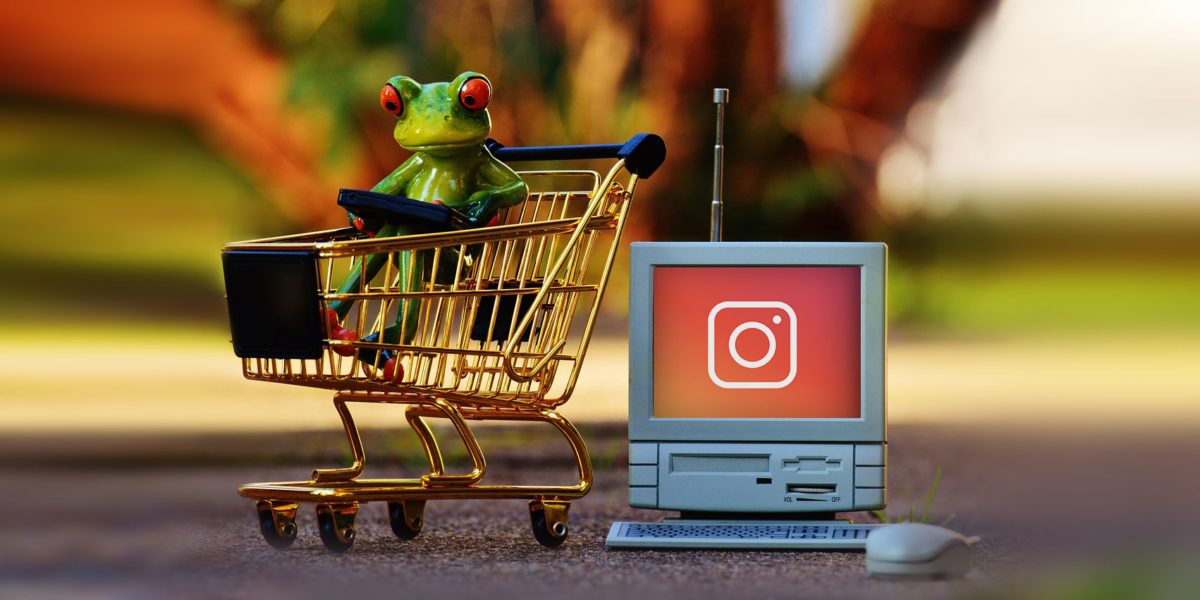Are you looking for ways to incorporate the tools in Mailchimp’s Audience Dashboard into your email marketing strategy? Here are two of the features we’re most excited about, why we love them, and how they can inspire your strategy:
“Email Marketing Engagement”
This feature is a great way to get a snapshot of the overall health of your audience.
What is it?
Your subscribers’ level of engagement (frequency of opens and clicks) are broken down into three categories: Often, Sometimes, Rarely.
Why do we love it?
Open and click rates tell you how individual campaigns are performing. On the other hand “Email Marketing Engagement” tells you how your audience is responding. In other words, this feature puts the focus on the people you’re communicating with not just the messages you are sending.
Plus, like most features on the dashboard, the insights are instantly actionable. One click and you’re on your way to create a campaign for these three segments.
How can you use it?
Once you identify subscribers with the highest engagement, you can allocate more resources to serving those subscribers and to acquiring new subscribers that are likely to be loyal readers. Taking a look at your “sometimes” and “rarely” folks is a helpful way to diagnose what could be refined or improved.
| Engagement: Often | |
| Reward | Give them greater value These are your most loyal subscribers. What can you do to increase the value of their subscription?
|
| Acquire | Higher-value paid acquisition Does your reach (the average number of opens) drive the value of your email campaigns for yourself, your advertisers, or your sponsors?
|
| Engagement: Sometimes | |
| Refine | How can we serve this segment better? These subscribers are fairly happy with your communication, but they aren’t your superfans.
|
| Engagement: Rarely | |
| Diagnose | Is this the correct audience? What is the source? For example, do these subscribers tend to come from a certain sign-up source?
|
| Re-engage | Can we recapture their attention?
|
| Release | Do we need to unsubscribe these people and move on? It could be they just aren’t a good fit for your audience. That’s ok. Better to let them go voluntarily then have a segment of your audience consistently leave emails unopened, or tempting them to report you as spam. |
“Likelihood to Purchase Again”
This feature is for eligible paid accounts. We say, if you’re an e-comm business, make yourself eligible.
What is it?
Here you get a predictive model specific to your customers’ behavior. Subscribers are broken down into three categories based on their predicted likelihood to purchase again: High, Moderate, Low.
Why do we love it?
Because we love machine learning, of course! (Well, we might change our minds when they become our robot overlords, but in the meantime…) The more likely a customer is to make multiple purchases, the greater their predicted lifetime value.
And, once again, these categories are instantly actionable right there on the dashboard.
How can you use it?
Once you identify customers with the highest predicted value, you can allocate more resources to serving those high-value customers and to acquiring new customers just like them. Taking a look at your “moderate” and “low” segments is a helpful way to diagnose what could be refined or improved.
| Likelihood to Purchase: High | |
| Reward | Give them greater value These are your most loyal subscribers. What can you do to increase the value of their subscription?
|
| Acquire | Higher-value paid acquisition Customers who have a high likelihood to purchase again are the most valuable type of customer you can have on your list.
|
| Likelihood to Purchase: Moderate | |
| Refine | How can we serve this segment better? These customers are fairly happy with your products or services, but they aren’t your superfans.
|
| Likelihood to Purchase: Low | |
| Diagnose | Is this the correct audience? What is the source? For example, do these subscribers tend to come from a certain sign-up source?
|
| Re-engage | Can we recapture their attention?
|
| Release | Do we need to unsubscribe these people and move on? It could be they just aren’t a good fit for your audience. That’s ok. Better to let them go voluntarily then have a segment of your audience consistently leave emails unopened, or tempting them to report you as spam. |
The Audience Dashboard is a Big Win for Mailchimp Users
We love the philosophy behind the name. As Mailchimp explains, your ”audience is much more than a list of email addresses. It’s your people.” We’re all for anything that humanizes subscribers. But the Audience Dashboard is more than just a pretty name.
Here’s what the new Audience Dashboard does to bring real value to your email marketing efforts:
- Identifies your most engaged (and profitable) subscribers so you can cater to them.
- Flags your least engaged subscribers so you can diagnose gaps in your current email strategy.
- Gives insight into what types of subscribers you should be adding to your email audience. (And which ones you shouldn’t.)
- Encourages you to think of your audience in terms of segments rather than one large faceless mass of people. (We love any tool that helps break the “email blast” mentality.)
- The paper airplane icon means you can immediately start working on a message to one of those segments.
You can learn more from the chimpanzee’s own mouth by reading Mailchimp’s full intro to the new Audience Dashboard.
—
Carney is a full service digital agency. We use Mailchimp to send our newsletter “The Daily Carnage.” Need a strategic partner for your digital marketing efforts? Let’s talk.






